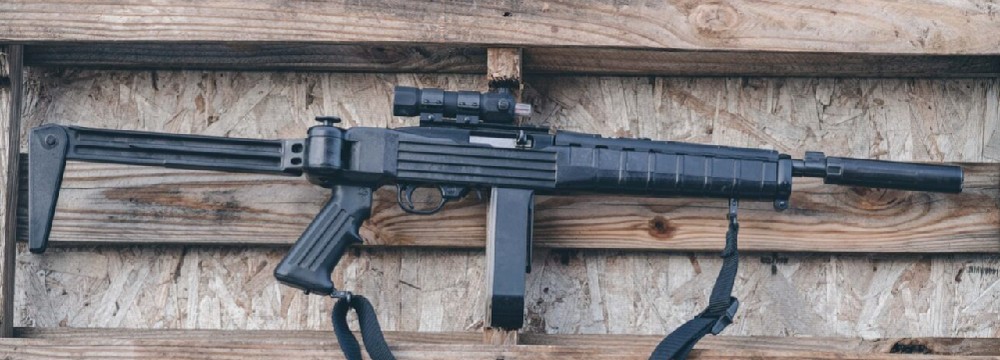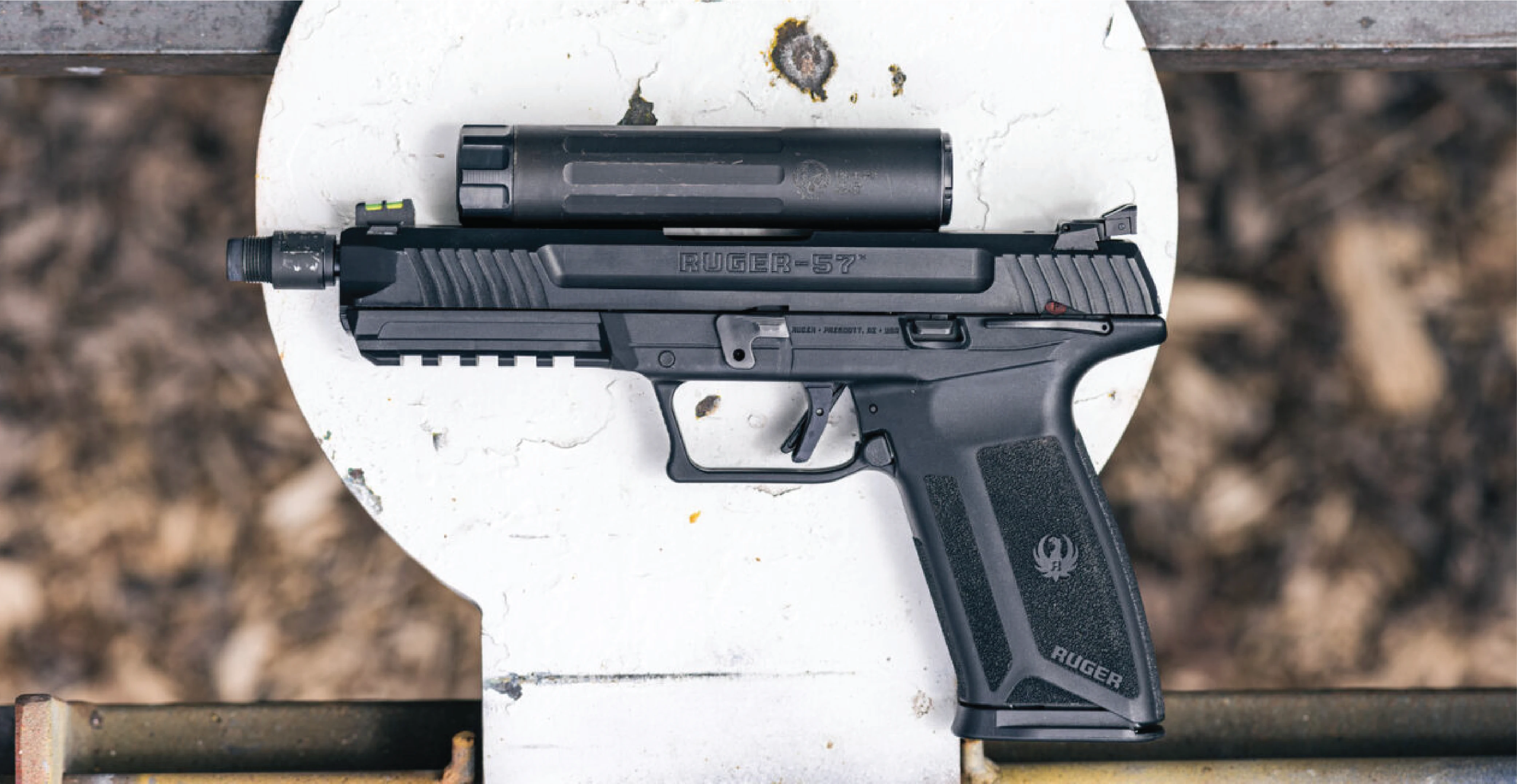What is First Round Pop? Everything You Need to Know
What is First Round Pop? Everything You Need to Know


Estimated Reading Time: 5 Minutes
- First Round Pop (FRP) refers to a sharper sound when firing the first shot through your suppressor
- FRP is caused by oxygen trapped inside of the silencer reacting to the combustion gas and unburnt powder from the gun shot.
- You can diminish first round pop by using silencers designed to combat the phenomenon or using the “wet” shooting method.
What is First Round Pop?
You might notice that your first shot, after attaching a suppressor, on your range trip has a different tone than what you typically hear. It could sound sharper, like the "pop" of a balloon, than a thunderous low "thud" in the distance. This is due to a phenomenon called first-round pop, or FRP.
Almost all silencers experience this to some degree. The difference is usually minute; it might sound different, but it is not nearly as loud as shooting unsuppressed.
After that first shot, your suppressor will sound even better, and you'll enjoy quite plinking again.
Table of Contents
Understanding First Round Pop
First round pop is why your silencer might sound a little louder on your first shot down range. It is normal and only persists on the first round, hence first round pop.
First round pop is caused by the abundance of air inside your suppressor.
All this oxygen reacts with the combustion gases and unburnt powder from the gunshot and causes a secondary ignition.
Imagine when you fan a fire; the additional oxygen makes the fire burn hotter and more extensively. A similar event occurs when your silencer's oxygen mixes with the fuel's "fire" in your firearm's barrel.
That quick combustion causes a "pop" noise as the air is rapidly ignited and expelled from the can.
After the oxygen has burned away and been expelled, hot combustion gases fill the volume of the suppressor, and your silencer will sound as quiet as possible.


How to Eliminate First Round Pop
There are a couple of methods to reducing first round pop or even eliminating it.
Firstly, silencer design can significantly influence FRP. Some silencers, such as the Dead Air Mask or Thunder Beast Dominus-SR, are specifically built to mitigate first-round pop. These suppressors use unique baffle designs to nullify the secondary ignition, keeping FRP low.
The second method is to shoot the suppressor "wet."
Shooting wet refers to using a liquid or gel substance inside the suppressor; water or wire-pulling gel are typically used. The liquid takes up some volume, but more importantly, it flashes to steam upon combustion, which helps to counteract the burning and expanding oxygen.
NOTE: Only low-pressure rounds, such as pistol caliber silencers, should be shot wet. A minimal amount of liquid, usually about a water bottle cap full, is all that is needed.
Generally, silencers with greater internal volume will have higher FRP due to having more oxygen trapped inside.
Suppressor Designs and First Round Pop
Let's take a look at how certain attributes affect first round pop.
These variables can have effects on FRP to varying degrees.
All of these categories and their effects are general rules of thumb. Silencer design, ammo, and your environment can play a big part in FRP.
Caliber
The cartridge that is being shot is one of the most significant causes of first round pop.
High-pressure calibers, such as .223, 6.5creedmoor, or 6ARC, will have more first round pop due to the greater muzzle pressure quickly and violently expanding, combusting, and expelling the oxygen inside the silencer.
Lower pressure rounds such as .22LR, 9mm, and subsonic 300BLK will experience less first round pop; the lower pressure does not cause the gases to be expelled to the atmosphere as abruptly, and the gas volume is less, resulting in less FRP.
Monocore Suppressors
Suppressor design is essential when discussing FRP.
Monocore is a technology still found in rimfire silencers occasionally and refers to the baffle core being machined from a single piece of metal instead of individual baffles.
In most cases, monocore designs experience slightly more FRP than baffle-stack silencers, but because these designs are only prevalent in .22lr suppressors, the effects are minimal.
Time Since the Last Shot
As we now know, first round pop is caused by oxygen inside your silencer.
You might wonder, how long does it take for a silencer to refill with air and cause another FRP? Usually, as long as the silencer is hot, you will not experience FRP. However, if you take a break from shooting and set the can down for 10-15 minutes, allowing it to cool to ambient temperatures, you'll likely experience another first-round pop.


FAQs Concerning First Round Pop
What causes first round pop on suppressors?
Oxygen inside of the suppressor being instantly ignited and expanding is the cause of round pop on silencers.
How loud is first round pop?
First Round pop is not much louder than a regular suppressed shot; you'll hear a small difference, but it is not significant enough to cause hearing damage like an unsuppressed gunshot in most instances.
What suppressor has no first round pop?
Some silencers like the Dead Air Mask, SilencerCo Spectre II, and Thunder Beast Dominus-SR are designed to reduce or eliminate first round pop with unique baffle geometry.
Conclusion
Understanding first round pop can help you to have the best experience when shooting suppressed.
In most cases, FRP is a minor change to the sound levels you'll hear when shooting, and if you're shooting or training a lot during your time at the range, you'll hardly notice it.
First round pop might seem like a big deal, but it is minimal and occurs on nearly every silencer.
We recommend basing your buying decisions on other features and benefits such as weight and length, sound performance, modularity, and versatility.





